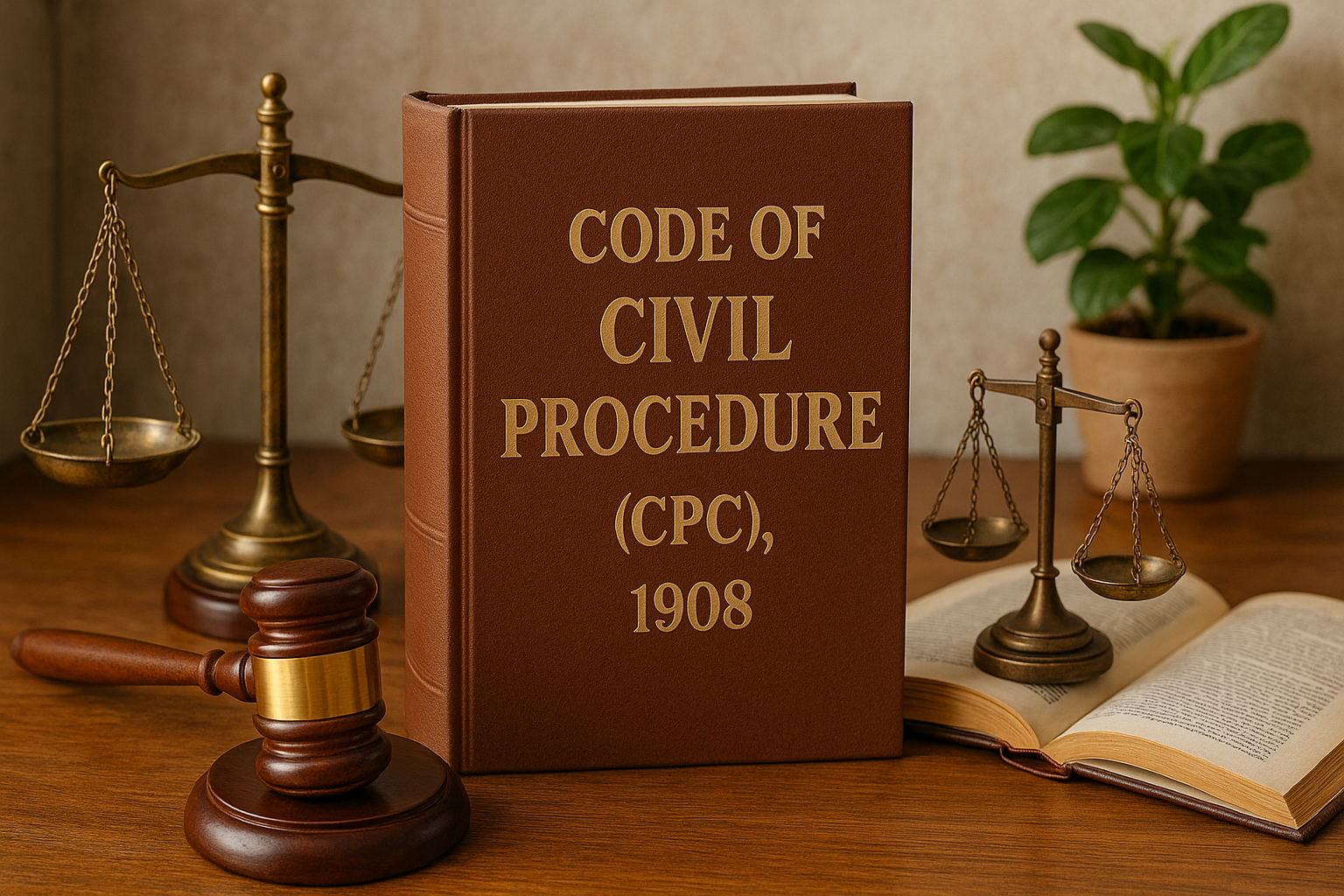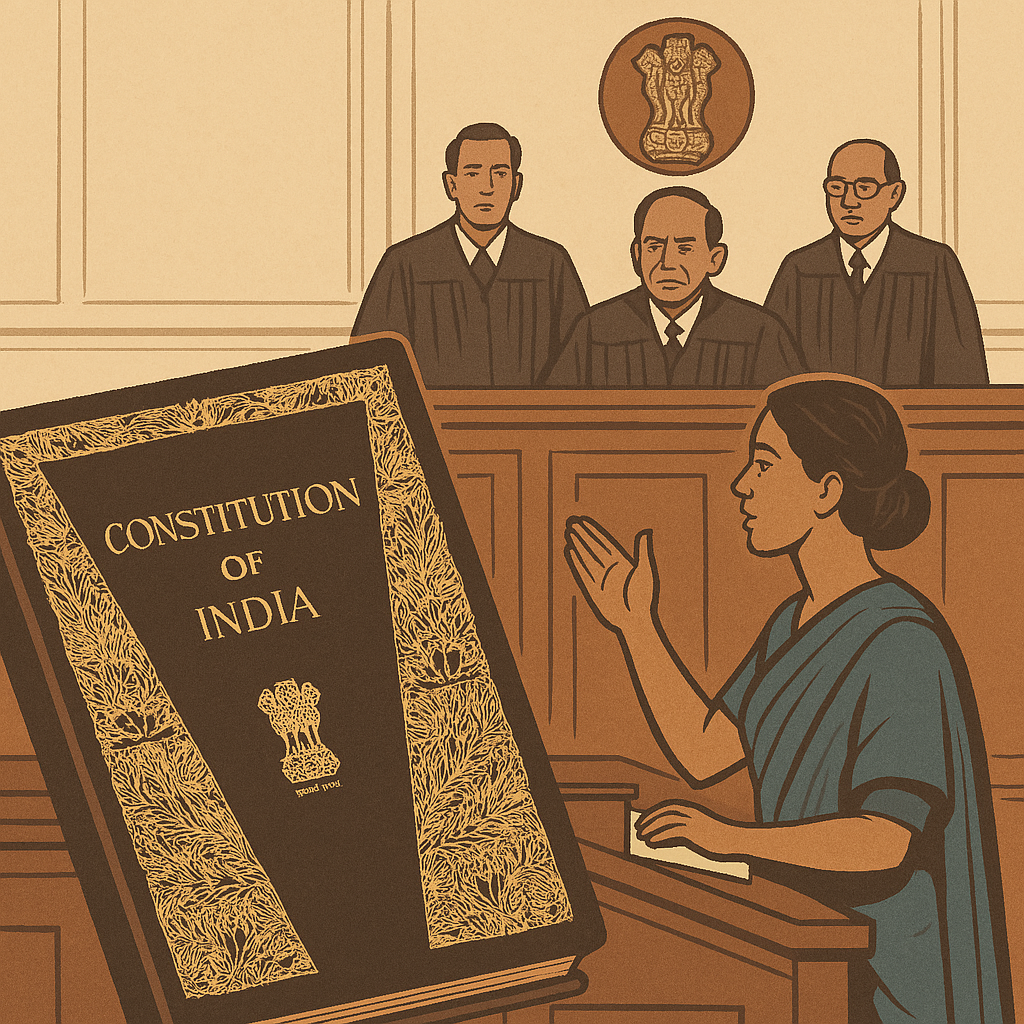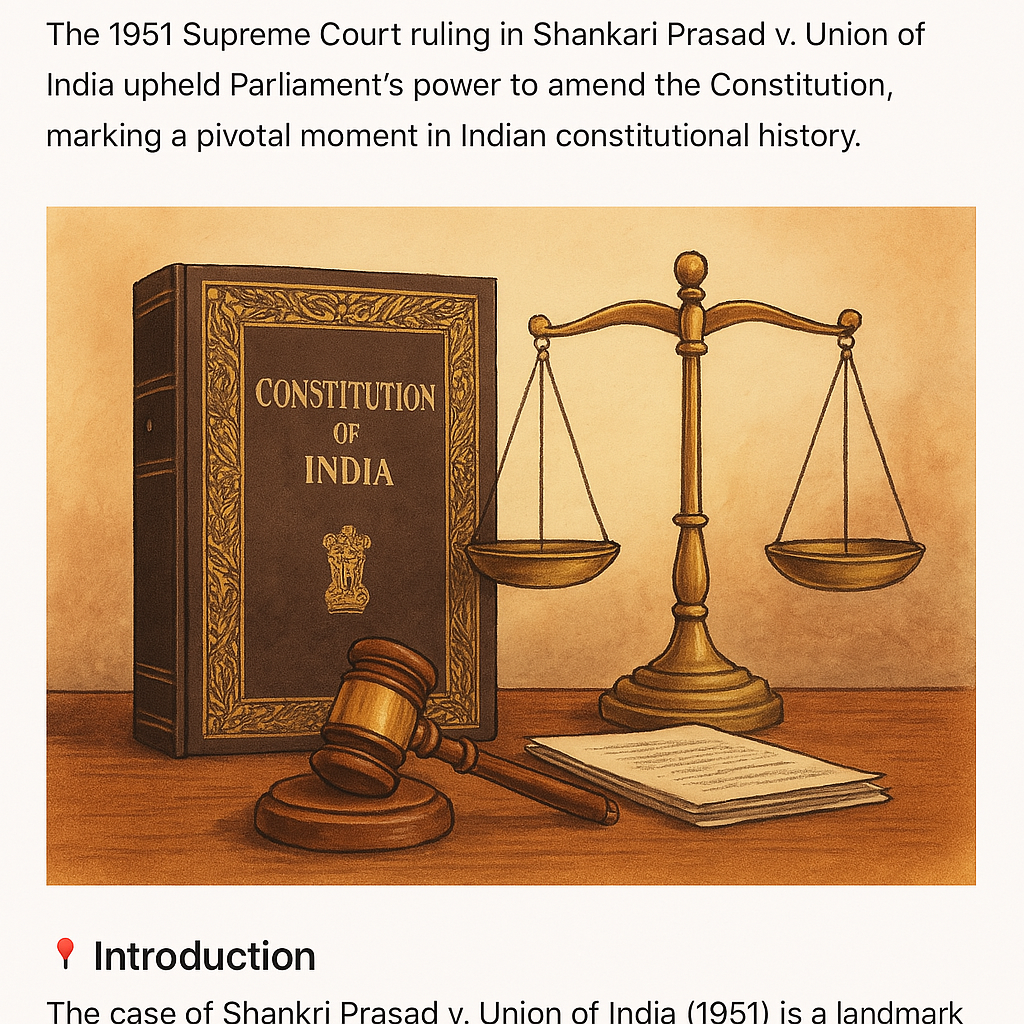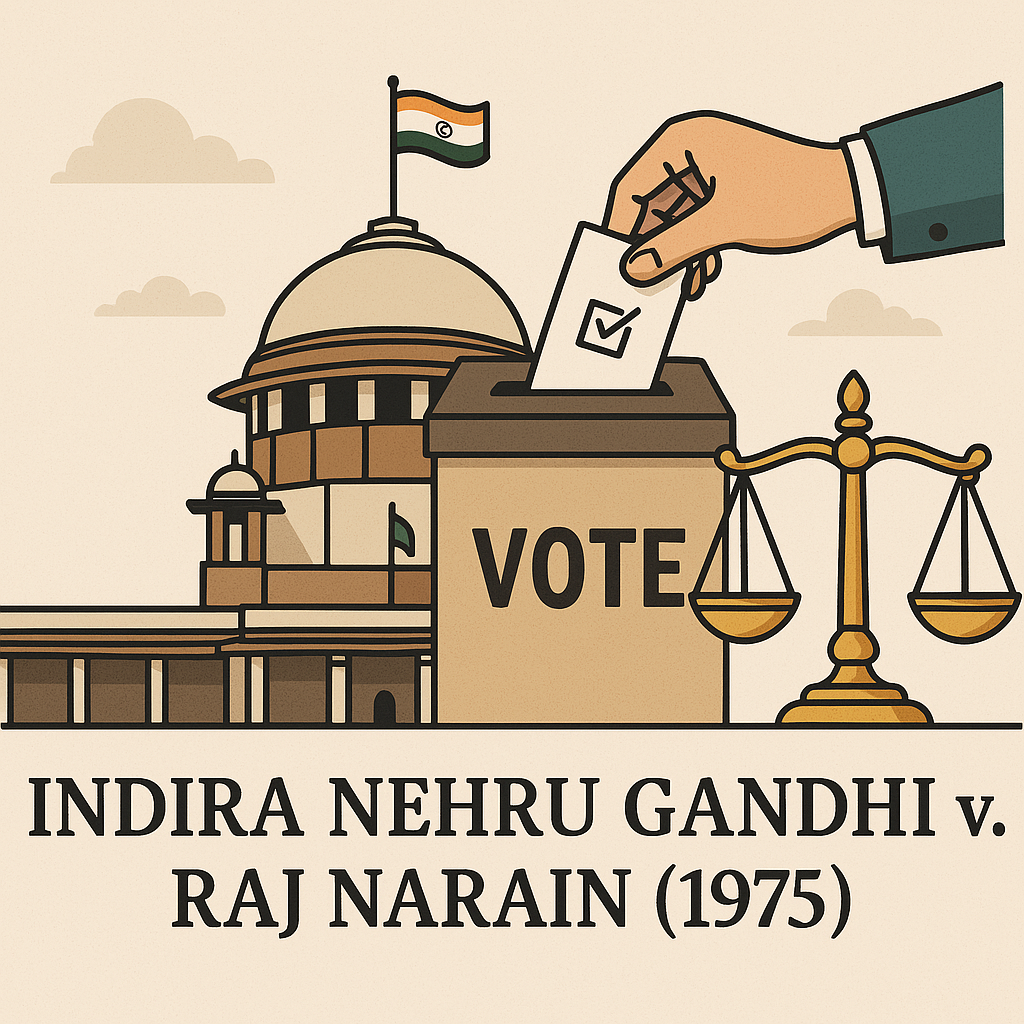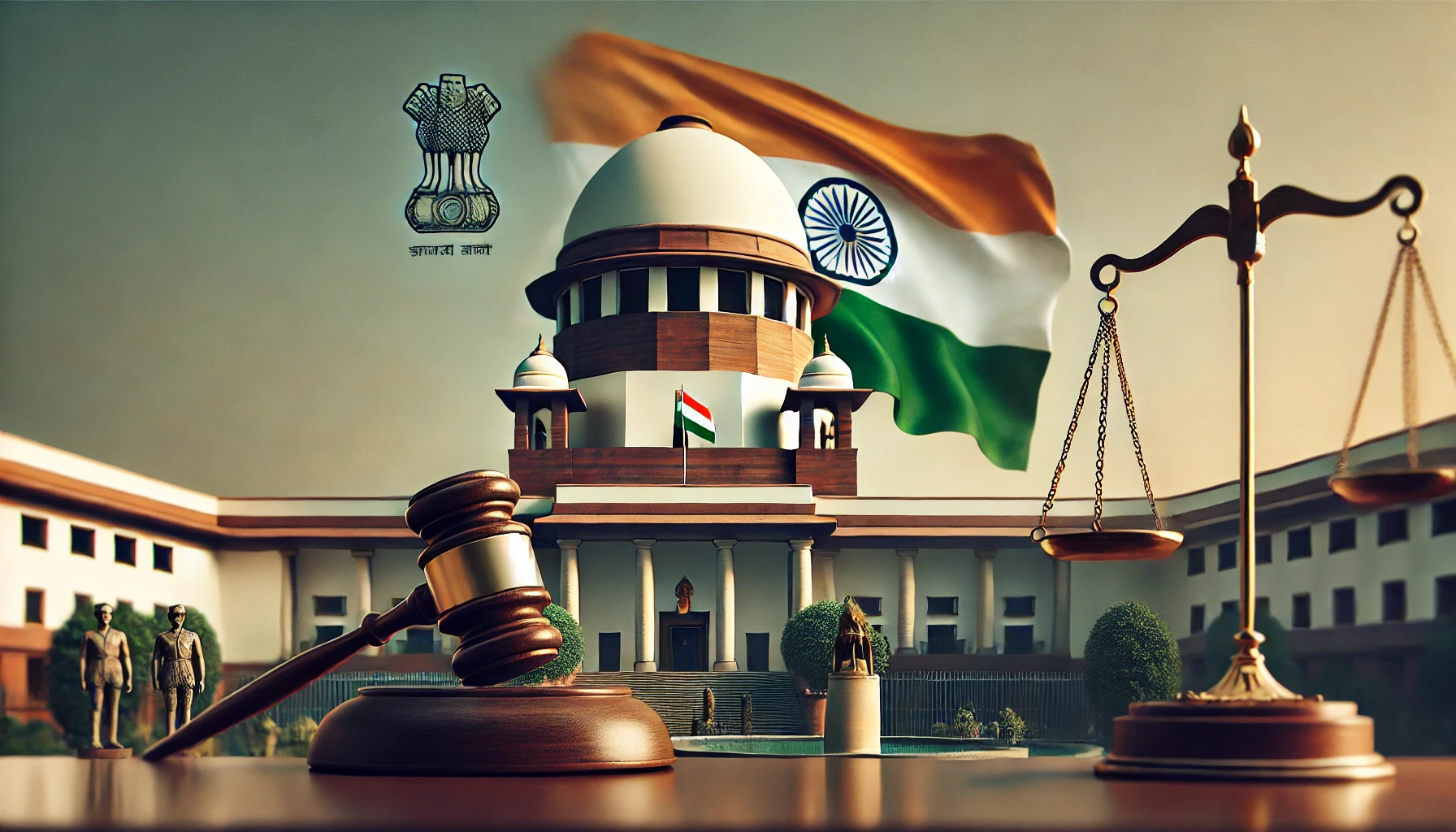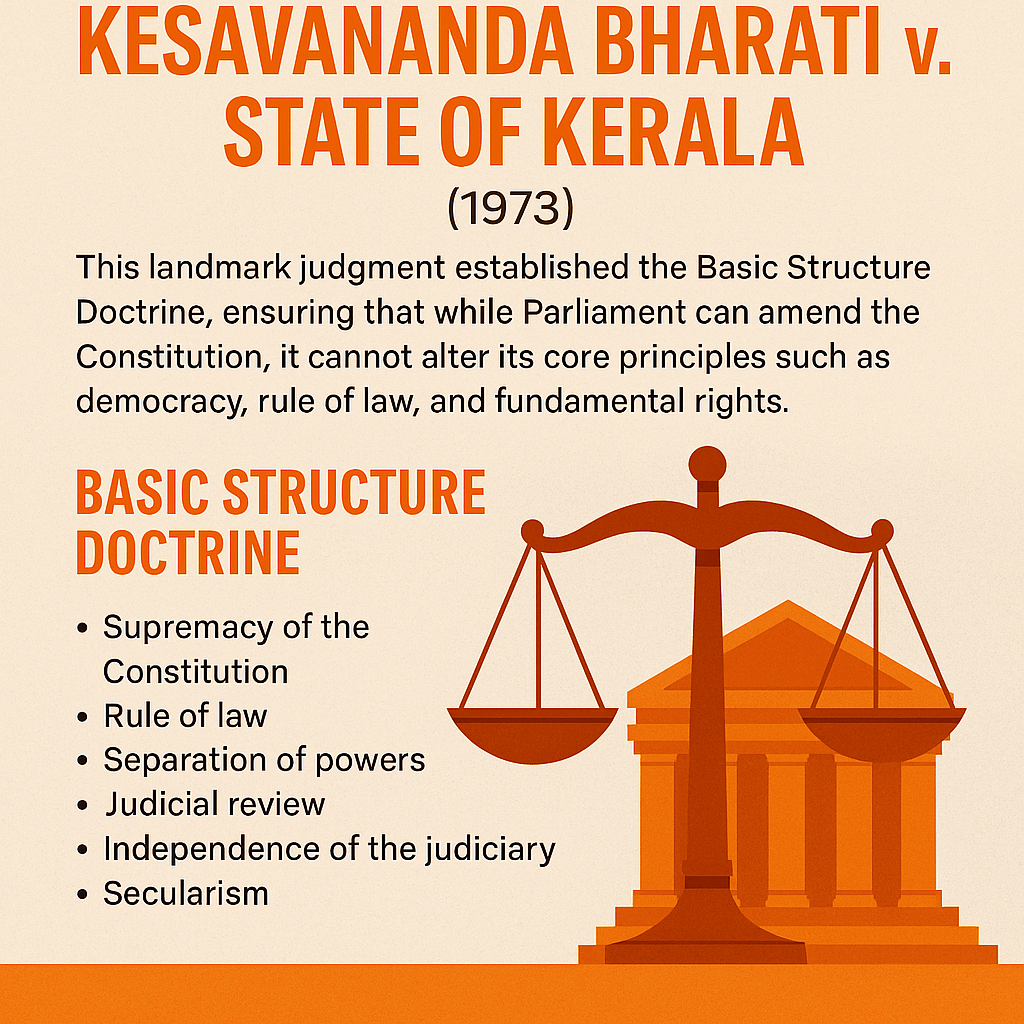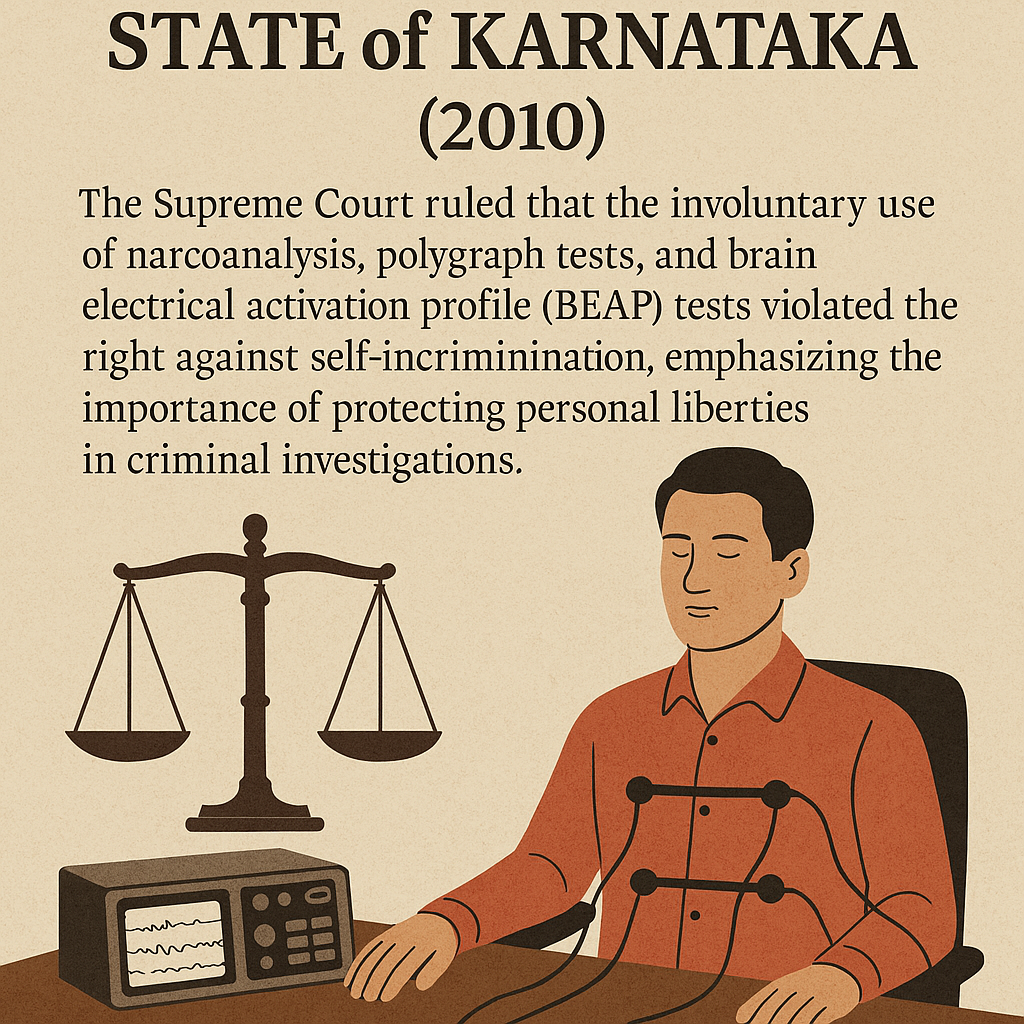Effect of Non-Appearance of Parties – CPC, 1908
Legal Basis: Order IX of CPC Order IX of the CPC deals with the appearance of parties in court. If either the plaintiff or defendant fails to appear on the date fixed for hearing, the court may take certain actions depending on who is absent. 1. When Neither Party Appears – Order IX Rule 3 Effect:The suit is dismissed by the court. Scenario Outcome Plaintiff is absent and ❌ Suit dismissed Defendant is also absent ✅ Remedy: Plaintiff may file a fresh suit or apply for restoration under Order IX Rule 4. 2. When Only Plaintiff Appears – Order IX Rule 6 If the defendant does not appear and summons were duly served, the court may: Proceed ex parte (without the defendant), and Decide the case based on the plaintiff’s evidence. If summons were not properly served, the court may issue fresh summons. Defendant’s Absence Court’s Action Duly served Proceed ex parte under Rule 6(a) Not served Issue fresh summons – Rule 6(b) Served but unable to attend (valid reason) May adjourn – Rule 6(c) Remedy: Defendant can later apply to set aside the ex parte decree under Order IX Rule 13. 3. When Only Defendant Appears – Order IX Rule 8 If the plaintiff is absent and the defendant is present: The court shall dismiss the suit for default of the plaintiff. Remedy: Plaintiff may apply for restoration under Order IX Rule 9. Remedies for Non-Appearance Rule Who Can Apply? Purpose Order IX Rule 4 Plaintiff To restore a suit dismissed when both parties were absent Order IX Rule 9 Plaintiff To restore a suit dismissed when only plaintiff was absent Order IX Rule 13 Defendant To set aside an ex parte decree Conclusion The CPC provides a balanced mechanism to ensure that parties appear and defend their case. However, it also ensures that justice is not denied due to absence if valid reasons exist — through restoration or setting aside procedures. Non-appearance has serious consequences, so parties must be cautious and proactive in attending court proceedings.

